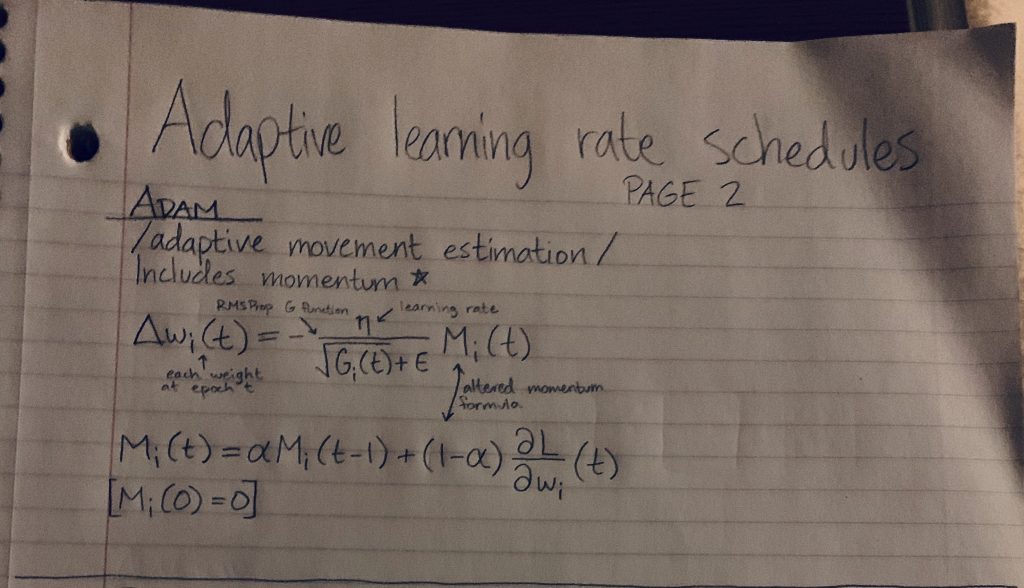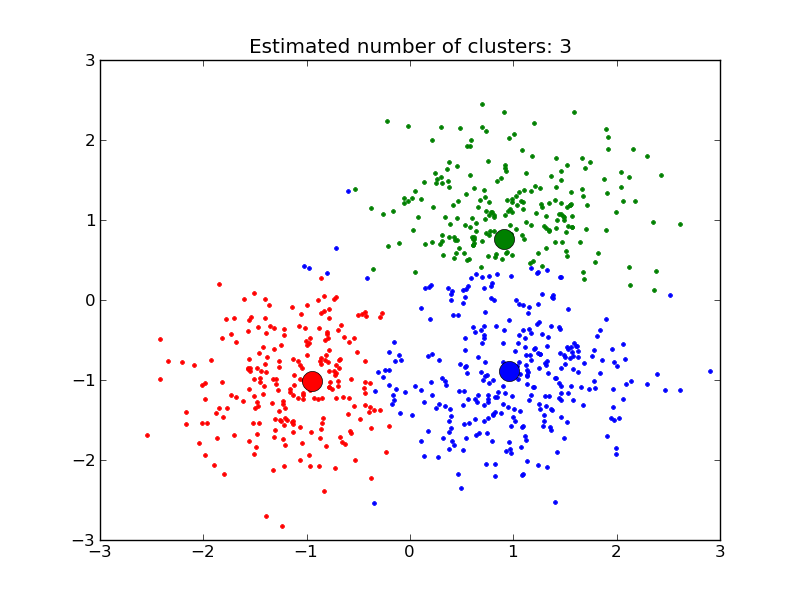This week, I went even further in depth into doing statistical analyses in Python. I learned how to do logistic regressions and cluster analyses using k-means. I got a refresher on linear algebra, then used it to learn about the NumPy data type “ndarray”.
Logistic regressions are a bit complicated. The course I used explains it in a kind of strange way, which probably didn’t help. Fortunately, my mom knows a decent amount about statistical analyses (she used to be a researcher), so she was able to clear things up for me.
You do a logistic regression on a binary dependent variable. It ends up looking like a stretched-out S, either forwards or backwards. Data points are graphed on one of two lines, either y=0 or y=1. The regression line basically demonstrates a probability: how likely is it that you’ll pass an exam, given a certain number of study hours? How likely is it that you’ll get admitted to a college, given a certain SAT score? Practically, we care most about the tipping point, 50% probability, or y=0.5, and what values fall above and below that tipping point.
This can be slightly confusing since regression lines (or curves, for nonlinear regressions) usually predict values, but since there are only two possible values for a binary variable, the logistic regression line predicts a probability that a certain value will occur.
After I finished that, I moved on to K-means clustering, which is actually surprisingly easy. You randomly generate a number of centroids (generic term for the center of something, be it a line, polygon, cluster, etc.) corresponding to the number of clusters you want, and you assign points to centroids based on least Euclidean distance, move the centroids to the center of those new clusters, then assign the points to the centroids a second time.
Linear algebra is a little harder to understand, especially if your intuition isn’t visual like mine is. In essence, the basic object of linear algebra is a “tensor”, of which all other objects are types. A “scalar” is just an ordinary integer; a “vector” is a one-dimensional list of integers, and a “matrix” is a two-dimensional plane of integers, or a list of lists. These are tensors of type 0, 1, and 2, respectively. There are also tensors of type 3, which have no special name, as well as higher-order types.
I learned some basic linear algebra in school, but I figured it was a bit pointless. As it turns out though, linear algebra is incredibly useful for creating fast algorithms for multivariate algorithms, with many variables, many weights, and many constants. If you use standard integers (scalars) only, you’d need a formula like:
y1 + y2 + … + yk = (w1x1 + w2x2 + … + wkxk) + (b1 + b2 + … + bk).
But if you let all relevant variables be tensors, you can simplify that formula to:
y = wx + b
There are a handful of other awesome, useful ways to implement tensors. For example, image recognition. In order to represent an image as something the computer can do stuff with, we have to turn it into numbers. A type 3 tensor of the form 3xAxB, where AxB is the pixel dimension of the image in question, works perfectly. (Why use a third dimension of 3? Because images are commonly represented using the RGB, or Red/Green/Blue, color schema. In this, every color is represented with different values of R/G/B, between 0 and 255.)
Tensors, in the context of NumPy, which has a specific object type which is designed to handle them, are implemented using “ndarray”, or n-dimensional array. They’re not difficult to implement, and the notation is for once pretty straightforward. (It’s square brackets, similar to the mathematical notation.)
This should teach me to think of mathematical concepts as “pointless”. Computers think in math, so no matter how esoteric or silly the math seems, it’s part of how the computer thinks and I should probably learn it, for the same reasons I’ve devoted a lot of time to learning about all humans’ miscellaneous cognitive biases.
I’ve asked a handful of the statisticians I know if they wouldn’t mind providing some data for me to do some analyses of, since that would be a neat thing to do. But if I don’t do that, this coming week I’ll be learning in depth about AI, which my brain is already teeming with ideas for projects on. I’ve loved AI for a long time, and I’ve known how it works in theory for ages, but now I get to actually make one myself! I’m excited!


